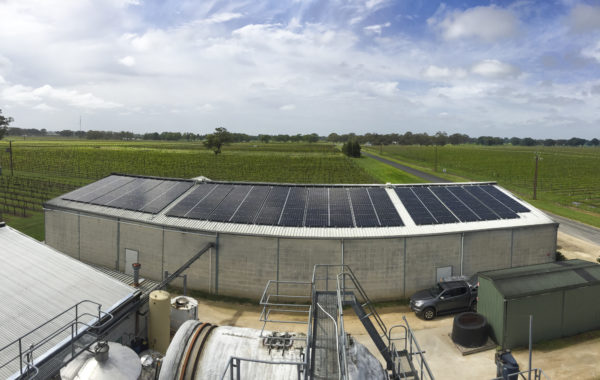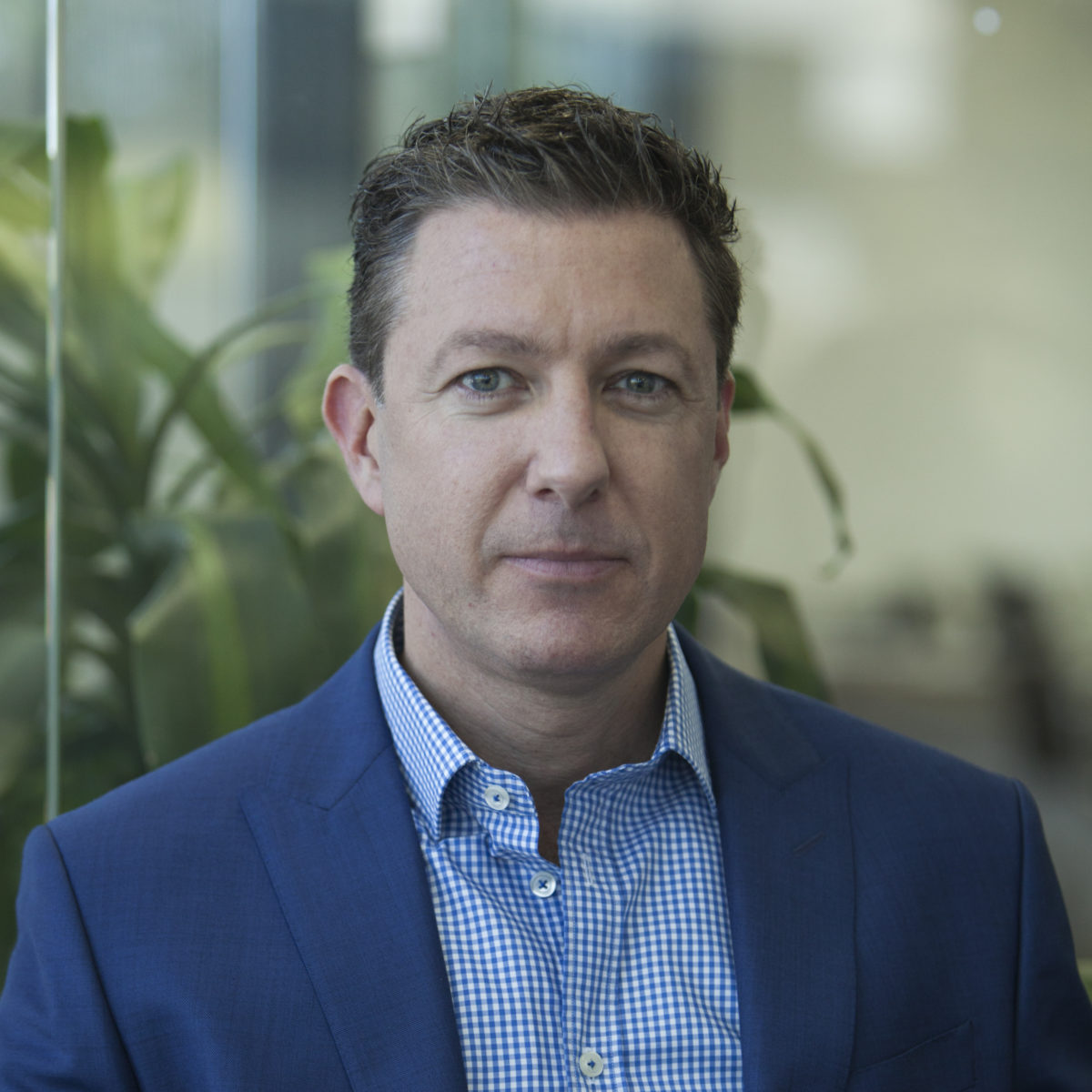pv magazine: Can you tell us briefly which markets Solgen is currently most active in, and why?
David Naismith: Our project business is focused on the commercial and industrial sector. Our internal definition of this market is systems in the range of 30 kW – 3 MW, usually rooftop, usually behind-the-meter. As an extension to this we are also active in the small-scale utility market up to 30 MW and have a new ventures team looking at adjacent opportunities across storage, energy networks, financing and several other areas to support our market.
Domestically, Australia’s rooftop solar sector has been soaring in the past few years. From your perspective, are you expecting further growth across both the residential and commercial & industrial (C&I) rooftop space? The C&I market has not only grown in average system size, but also in volume; and the residential market has seen average system sizes grow, while total installed capacity has remained relatively flat. We expect that this trend will continue as market penetration in both commmercial and residential markets matures.
The runway for growth in the C&I market is enormous, and the residential market will continue to unlock opportunities in new areas such as storage, peer-to-peer energy trading and new technologies.
As the market has grown, what new challenges has Solgen had to face? Are cost pressures much more difficult these days?
Becoming the largest player in the commercial market has focused our attention on having the right people in place to deliver the promise we make to our customers. We are a customer-centric business and maintain industry leading standards across our people and processes. Attracting and retaining people that meet this standard takes time, as we invest heavily in training and development in what is a relatively new industry. While this has been a challenging process, we are confident that this investment will underpin our industry position well into the future.
As a result, we have not experienced significant price pressure in the C&I space. Our market and the type of investment our customers are making in solar means that lowest-cost operators from yester-year do not really have a place.
From a customer perspective, are their needs and wants altering? If so, in what way?
Most recently we have seen customers seeking opportunities for new technologies across several areas including storage and monitoring, along with financing opportunities. Customers are now looking to maximise their budget for solar as returns against traditional energy have increased. This has introduced opportunities to leverage customer spend through financial structures such as leases and power purchase agreements.
Post-installation performance and monitoring of a rooftop solar system is becoming even more imperative as more and more people adopt solar. What role does Solgen play in ensuring this market segment in Australia maintains high standards?
Consistent with our customer-centric approach, we are one of the few industry players with a dedicated operations and maintenance team. This team monitors our customer systems 24/7 and actions ad hoc and periodic maintenance regimes. This means we can confidently guarantee the performance of our customers’ systems, thus underwriting their business case for solar.
Can you describe some of the benefits of working with Huawei? When did the partnership first begin, and what has been the feedback from customers using Huawei’s technology?
Huawei had established the foundations for an industry leading product and service platform in other markets before entering the Australian market. This gave us the confidence to partner with Huawei within Australia. Huawei is an adaptable organisation that fits with our own standards across delivering industry leading technologies with outstanding support.
We have been working with Huawei for over a year now and in this time our customers have begun to recognise the product and service benefits of Huawei inverters over its peers while delivering at an attractive price-point.

The string inverter landscape is extremely competitive and offers a multitude of varieties for customers to choose from. Typically, what type of customer opts for – or is recommended – a Huawei inverter?
Customers generally realise that the inverter is effectively the heart of the system. As a result, there are many attributes that customers seek. Most visibly, these attributes focus on warranties, service and support, while other attributes such as inverter efficiency are less prioritised.
Our comprehensive design process highlights more salient attributes of the Huawei inverter such as flexibility across string configurations. Ultimately this can save the customer money while delivering an industry leading solution with the backing of a global inverter brand.
This content is protected by copyright and may not be reused. If you want to cooperate with us and would like to reuse some of our content, please contact: editors@pv-magazine.com.
